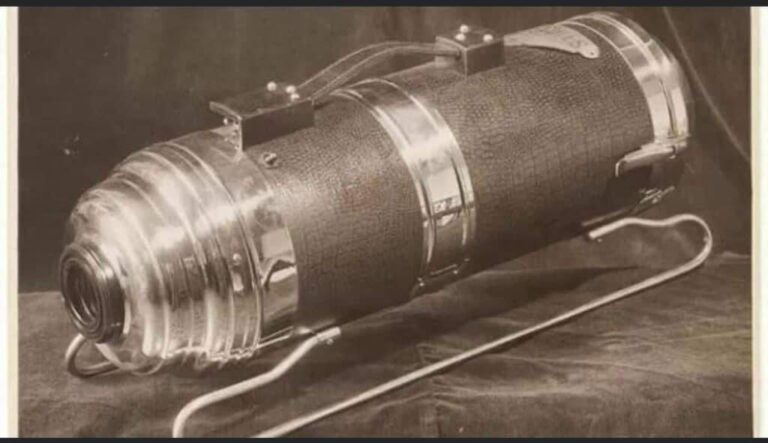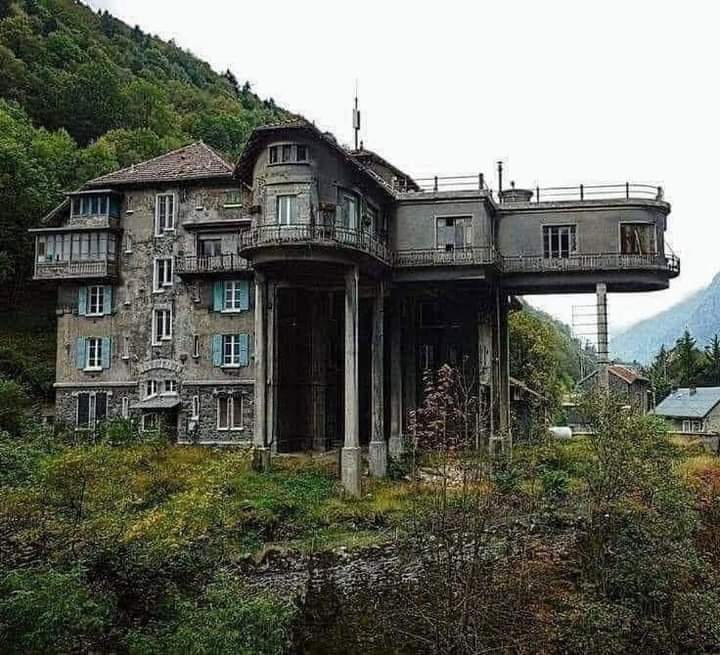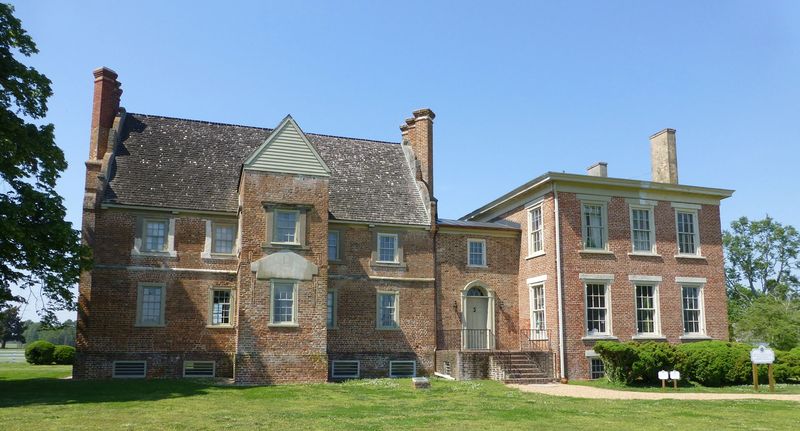
Bacon’s Castle, also known as “Allen’s Brick House” or “Arthur Allen House,” is the oldest documented brick dwelling in the United States.
Built in 1665 and located at 465 Bacon’s Castle Trail in Smithfield, Surry County, Virginia, the property is noted as an extremely rare example of Jacobean architecture in the New World.
THE HISTORY OF BACON’S CASTLE
Soon after Surry County was formed in 1652, Arthur Allen built a Jacobean brick house near the James River, where he and his wife, Alice Allen, lived.
Arthur was a wealthy merchant and a Justice of the Peace in Surry County. After Arthur passed away in 1669, just four years after his house was built, the property was passed down to his son, Arthur Allen II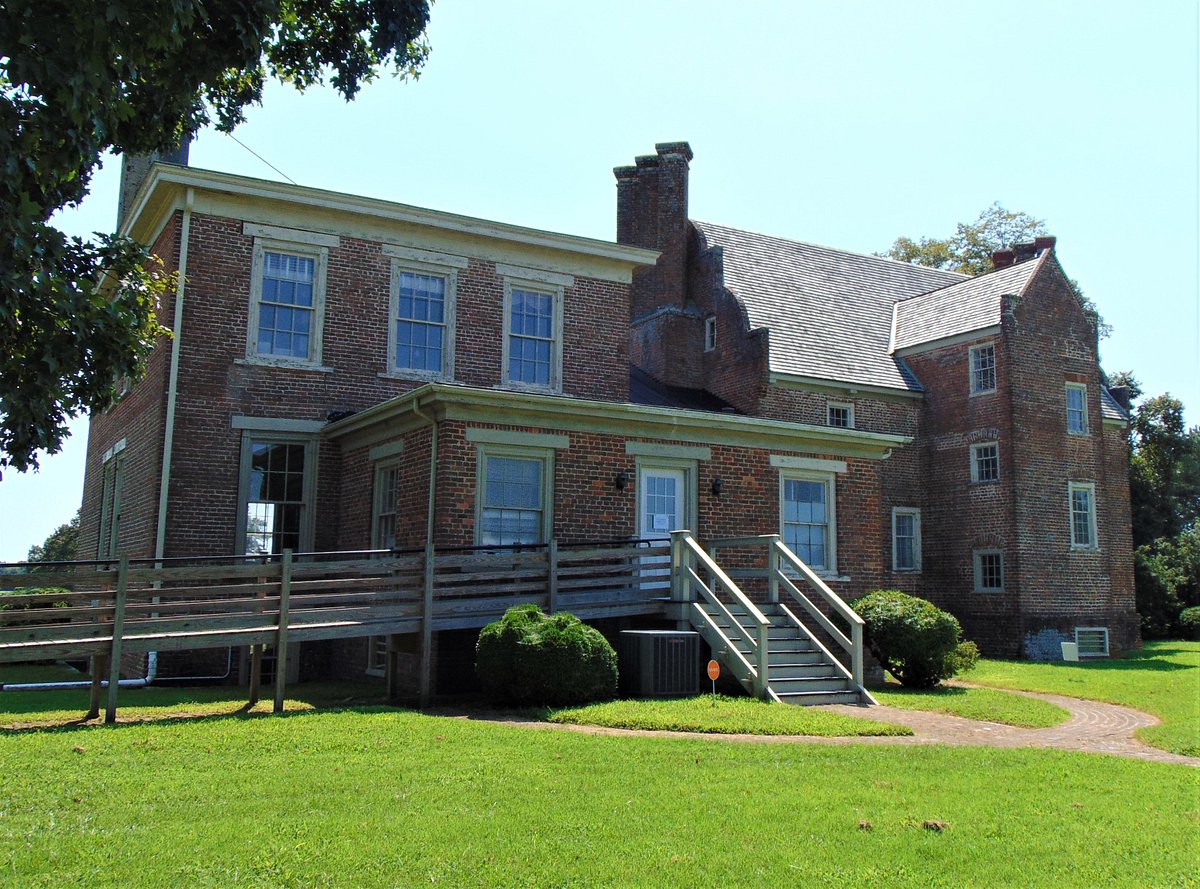
BACON’S REBELLION (1676-1677)
In September 1676, a number of rebel followers of Nathaniel Bacon seized the house of Arthur Allen II and fortified it. The garrison was commanded at various times by William Rookings, Joseph Rogers, Arthur Long, and James Clements, who retained control of the house for over three months.
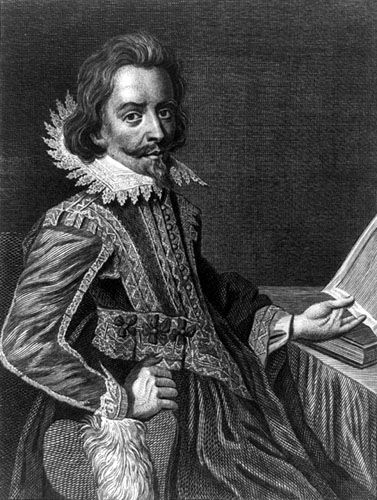
After the death of Nathaniel Bacon from dysentery, demoralised troops began to plunder, and the condition of the colony soon became deplorable. By December, the fort had been recaptured by loyalists, and its time as a fort, or “castle,” was over.
Despite the name “Bacon’s Castle,” Nathaniel Bacon never lived at the property nor was ever known to have visited it. Bacon was the proprietor of Curles Neck Plantation, which was located about 30 miles upriver on the northern bank of the James River.
BACON’S CASTLE IN MORE RECENT YEARS
At some point during the mid to late nineteenth century, Bacon’s Castle underwent a number of moderations. This included knocking down a one-story service wing and replacing it with a two-story wing. The main entrance was also moved from the middle of the main house to the hyphen between the main house and the new addition.
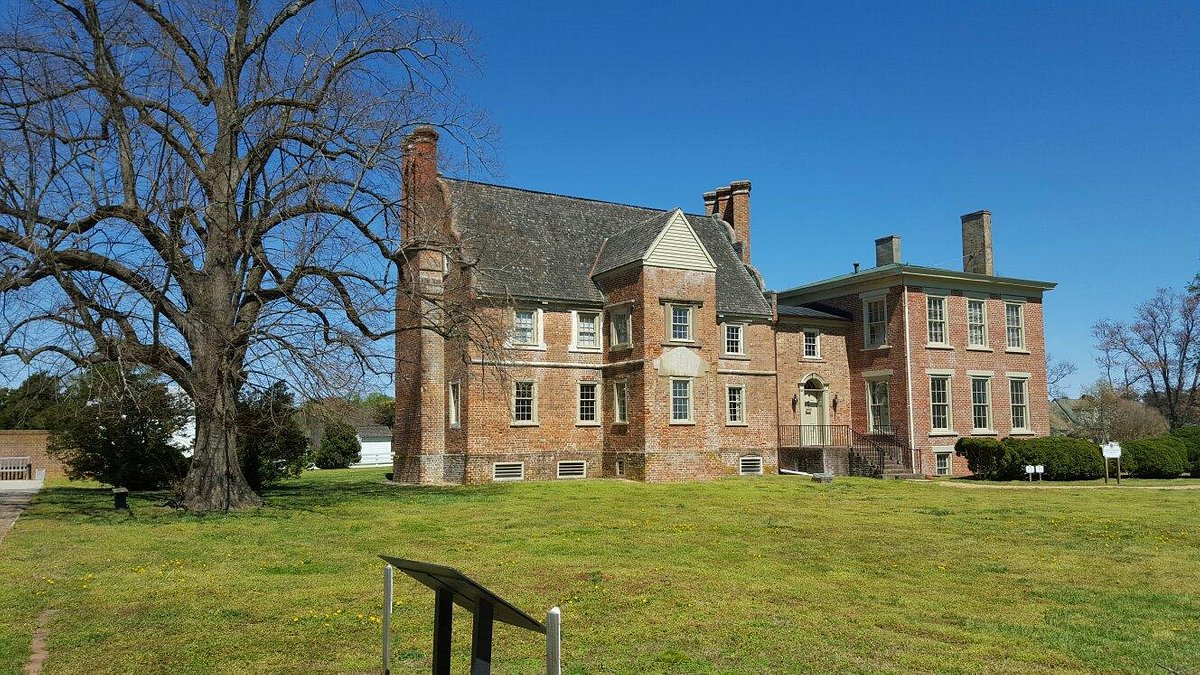 In the years since Bacon’s Rebellion, the property changed hands a number of times before finally being purchased by Presentation Virginia in the 1970s. Presentation Virginia helped to restore the property to its former glory and then opened it to the public in the 1980s.
In the years since Bacon’s Rebellion, the property changed hands a number of times before finally being purchased by Presentation Virginia in the 1970s. Presentation Virginia helped to restore the property to its former glory and then opened it to the public in the 1980s.
Today, Bacon’s Castle is run as a historic house and museum; it features 40 acres of outbuildings and dependencies, including barns, a smokehouse, and slave quarters, as well as a rare American example of a 17th-century formal English garden. Much of this can be self-toured throughout the year.
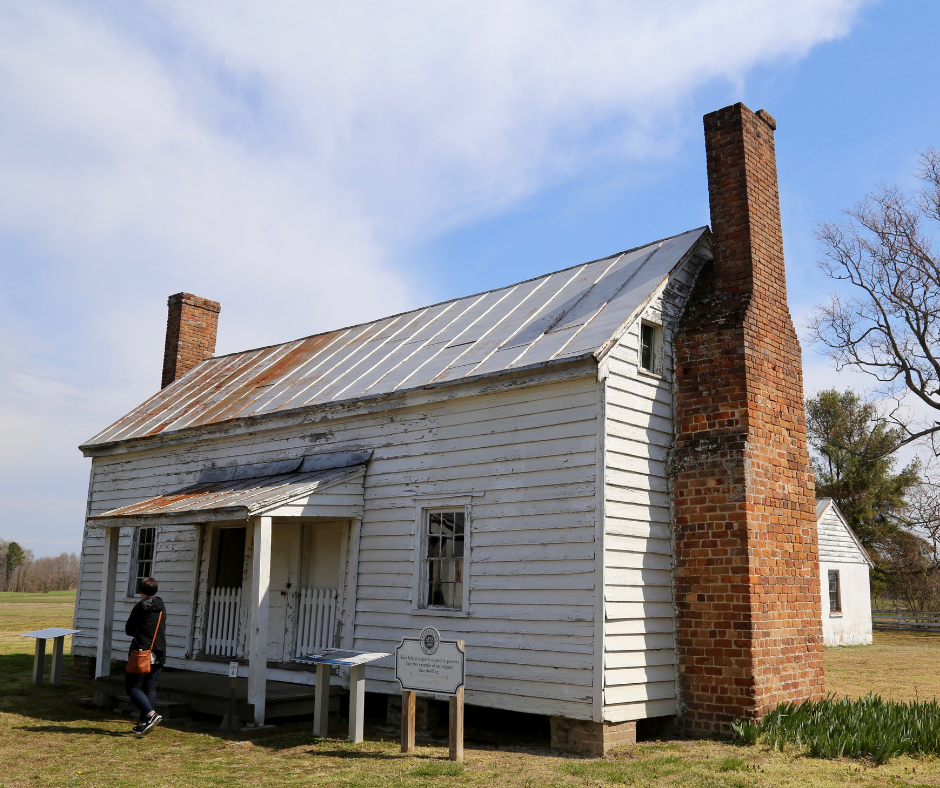
Inside Bacon’s Castle, you can find replica and original furniture, which provides insight into life within the castle and the local area. Tours inside the castle must be pre-arranged.
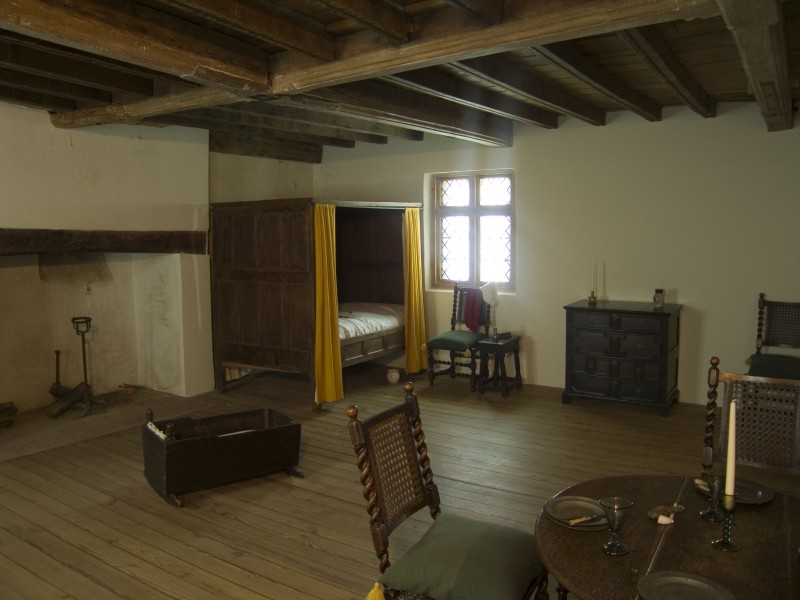

In 2015 the Virginia Outdoors Foundation received a $257,996 grant from the Virginia Land Conservation Foundation to purchase 1,260 acres of farmland surrounding Bacon’s Castle. This ensures the land will be permanently protected from residential or commercial development in the future.
credits: houseandhistory.com

